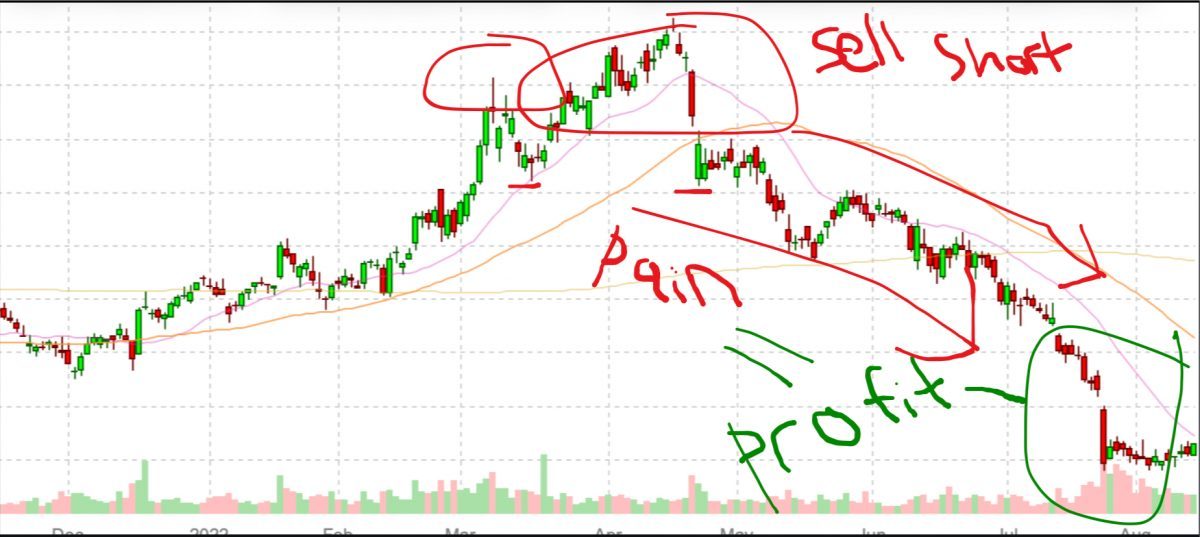For many of us, the world of investing can seem daunting and inaccessible. We often think it’s a game only for those with thousands, if not millions, of dollars to spare. But you’ll be surprised to learn that you can start investing in the stock market with as little as $100. Here’s a beginner-friendly guide to help you get started on your wealth-building journey.
Understand What Investing Is
Investing involves purchasing assets with the expectation that they will generate a profit over time. The stock market is one of the most popular investment avenues. Here, companies sell shares of their business, and by buying these shares, you essentially become a part-owner of the company. As the company grows and earns profit, the value of your shares also grows.
Have a Clear Goal
Start by setting a clear, realistic goal for your investment. Do you want to save for retirement, a new house, or perhaps a future business venture? Having a clear financial goal helps you determine how much risk you’re willing to take and guides your investment strategy.
Get Your Finances in Order
Before you dive into investing, make sure you have a stable financial footing. Pay off any high-interest debt you may have and build up an emergency fund. This ensures that any investment losses won’t derail your entire financial situation.
Choose the Right Brokerage Account
A brokerage account is your ticket to the stock market. Several online brokers allow you to open an account with no minimum deposit, so you can start investing with your $100. Look for brokers that offer a wide range of investment options and low trading fees. Some popular options include Robinhood, E-Trade, and Charles Schwab.
Educate Yourself About Stocks
Before you invest, it’s crucial to understand the basics of stocks and the stock market. Use resources like Investopedia, books like “A Random Walk Down Wall Street,” and finance YouTube channels to educate yourself. Remember, informed decisions often lead to better outcomes in the investment world.
Start Small and Diversify
With your $100, consider investing in a variety of stocks to spread out risk – this strategy is known as diversification. You can buy fractional shares of large companies or invest in low-cost index funds or Exchange-Traded Funds (ETFs), which allow you to own a small piece of many different companies.
Consider Dollar-Cost Averaging (DCA)
Dollar-cost averaging involves investing a fixed amount of money at regular intervals, regardless of the share price. This approach can mitigate the risk of market volatility and is especially useful for beginner investors who might struggle to time the market correctly.
Regularly Monitor Your Investments
Once you’ve made your investments, make it a habit to regularly monitor them. However, try not to be swayed by short-term market fluctuations. Remember, investing is a long-term game.
Reinvest Your Returns
One of the keys to building wealth through investing is to reinvest your returns. When your investments pay dividends or when you sell investments for a profit, put that money back into the market. This strategy uses the power of compound interest, allowing your wealth to grow exponentially over time.
Keep Learning and Growing
Lastly, investing is a journey, not a destination. Always be open to learning more about the markets and different investment strategies. As you gain confidence and accumulate more capital, you may want to explore other investment avenues like real estate, bonds, or cryptocurrency.
In conclusion, starting your investing journey does not require a large sum of money. With just $100 and a disciplined approach, you can make your money work for you and build your wealth over time. Remember to invest wisely, stay patient, and be consistent. Your future self will thank you!




